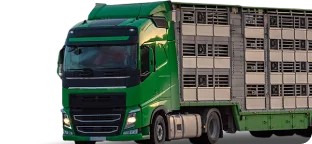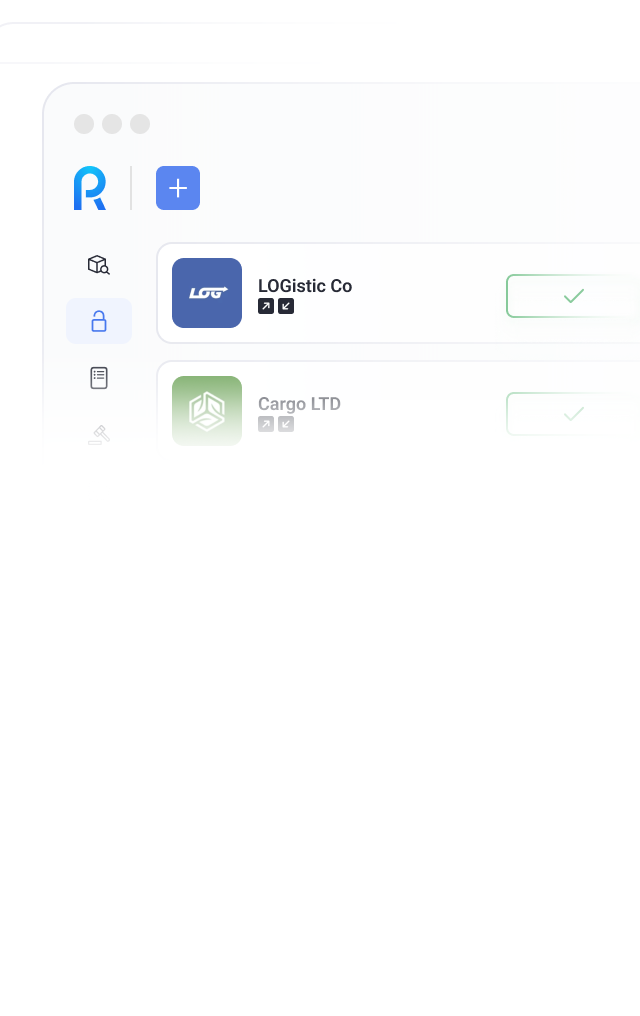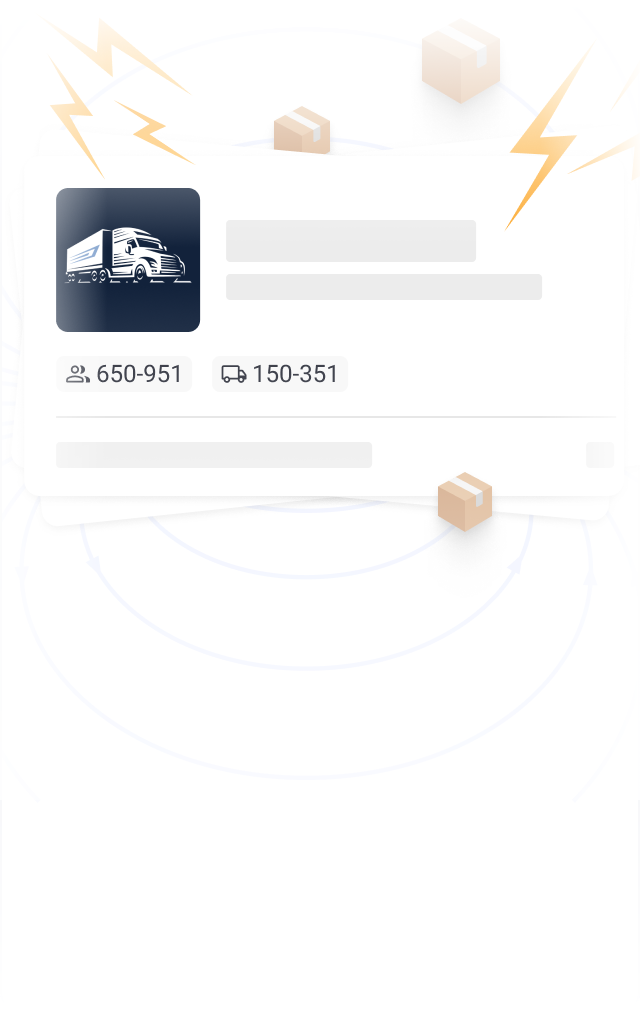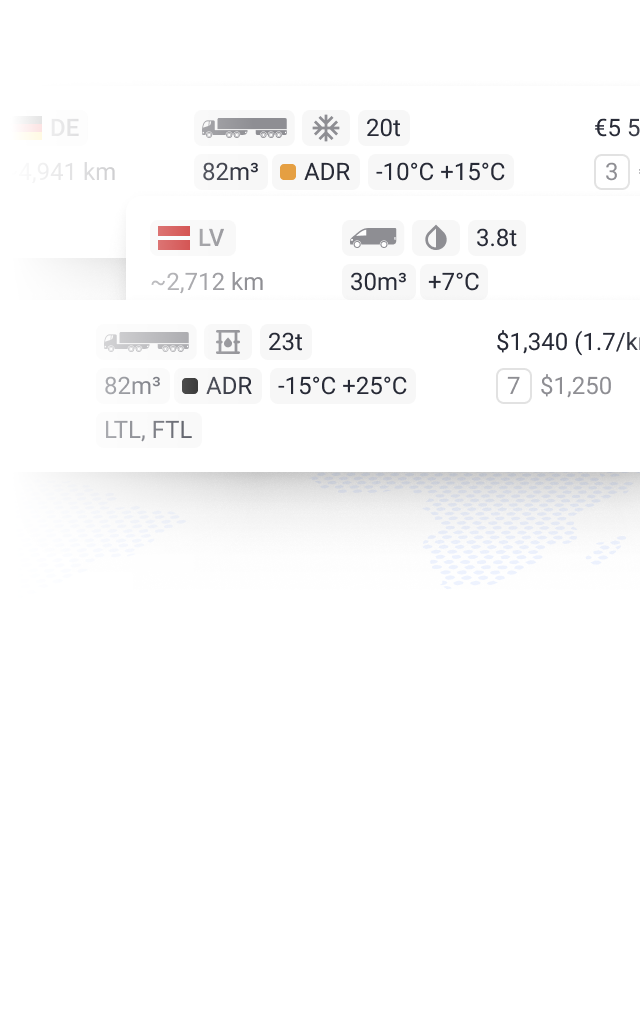
Livestock Transportation



















Live cargo refers to any living creatures transported by various modes of transport. This category includes large and small animals, birds, fish, fish fry, crustaceans, reptiles, and other living organisms. Transportation services for live cargo may also involve shipping honeybees and other insects.
These services are widely used in agriculture, where there is demand for transporting cows and other cattle, pigs, sheep, and poultry.
Companies specializing in animal transportation also handle domestic pets. Such shipments can be organized either with an escort provided by the owner or without one.
The transportation of rodents, primarily laboratory rats and mice, is also relevant, especially for scientific purposes. When dealing with potentially hazardous live cargo, strict sanitary regulations must be followed to ensure safety for humans.
The process requires the collection and submission of a set of necessary veterinary certificates and quarantine service permits. The list of documents varies depending on the region or country involved.
International transportation of animals involves obtaining additional border control permits.
Basic rules that both shippers and animal transport companies must follow:
- The shipper provides the necessary equipment and auxiliary materials — cages, containers, pallets.
- The client must also supply water, feed, and feeding/drinking utensils. However, this may not always be required; for example, short-distance pig transport by road (approximately up to 200-300 km) typically does not involve feeding during transit.
- In cases of long-distance or international animal transport, the client must ensure an extra supply of feed and water.
- Loading norms for transported feed are established by regional veterinary and sanitary regulations, which also define the conditions for keeping animals during transit and the types of transport used.
- Rodents that are carriers of dangerous infections (mice, rats, guinea pigs, etc.) are transported with strict safety measures, using only disposable cages or ventilated containers.
Much depends on the type of live cargo and the planned route. For instance, transporting cows by road over short distances and shipping them internationally by air are two distinct procedures requiring individual documentation and arrangements.
Transporting animals by road is the most common service due to its accessibility and relatively low cost. For example, shipping poultry by truck is more cost-effective than sending it to a neighboring region by air. At the same time, transporting pigs from one continent to another makes sense only via air travel.
In addition to road and air transport, sheep, cattle, and other livestock are sometimes shipped by sea, though this happens much less frequently. Maritime vessels are more commonly used for transporting fish fry, fish, crabs, and lobsters, especially for their release into natural habitats.
Much depends on the type of vehicle and regional regulations. Since animal transport by road is ordered more frequently, let’s examine the basic requirements for vehicles set by controlling organizations:
- The vehicle must comply with veterinary and sanitary standards.
- Prior to loading, the vehicle undergoes cleaning, washing, and disinfection.
- Vehicles used for transporting animals should be equipped with wooden panels, metal grates, and tools for securing the animals.
- The floor of the cargo area must be solid, without gaps or cracks.
Co-transportation is only allowed for animals that are similar in species, age, and gender — for example, mixed-gender sheep cannot be transported together.
Birds must be transported in cages with a solid, waterproof floor. These cages must be arranged to ensure proper ventilation for the animals inside.
Companies specializing in animal transportation set individual tariffs. The cost is influenced by a combination of factors, including distance, region, shipping method, and the type of vehicles used. For example, the price of transporting cows by road to a neighboring region is usually lower than sending them via air along the same route.
Additional expenses for live cargo transport arise from the need to provide animals with an adequate supply of feed and water, as well as purchasing equipment for feeding and watering, cages, containers, and other auxiliary materials.
💡 Customers can use the auction functionality on the Roolz platform to find the best transportation offers in one place.
Use the filtering system to select companies offering relevant services. From the list of suitable organizations, choose a partner with appropriate pricing and terms of cooperation.
Basic criteria for selecting a partner often include:
- Service cost — this may be fixed or calculated based on transportation parameters.
- Fleet suitability — the type of vehicles, installed equipment, and their current condition are taken into account.
- Reputation — assessed through contractor verification and client reviews.
- Availability of additional services — consider whether the contractor can provide necessary supplementary services, such as forwarding or escorting.
- Terms of collaboration — experts recommend working with companies that operate under contract and provide detailed reporting.
Transportation companies may offer additional services, such as assistance in obtaining veterinary documentation, insurance, forwarding, and others.
A transportation and forwarding company specializing in live cargo shipping can easily be found in the Roolz directory. Add your company, find a reliable logistics partner, and conveniently organize freight transportation on the Roolz platform!
What are live cargo?
Live cargo refers to any living creatures transported by various modes of transport. This category includes large and small animals, birds, fish, fish fry, crustaceans, reptiles, and other living organisms. Transportation services for live cargo may also involve shipping honeybees and other insects.
These services are widely used in agriculture, where there is demand for transporting cows and other cattle, pigs, sheep, and poultry.
Companies specializing in animal transportation also handle domestic pets. Such shipments can be organized either with an escort provided by the owner or without one.
The transportation of rodents, primarily laboratory rats and mice, is also relevant, especially for scientific purposes. When dealing with potentially hazardous live cargo, strict sanitary regulations must be followed to ensure safety for humans.




Add your company


 en
en de
de hi
hi pl
pl es
es tr
tr uk
uk